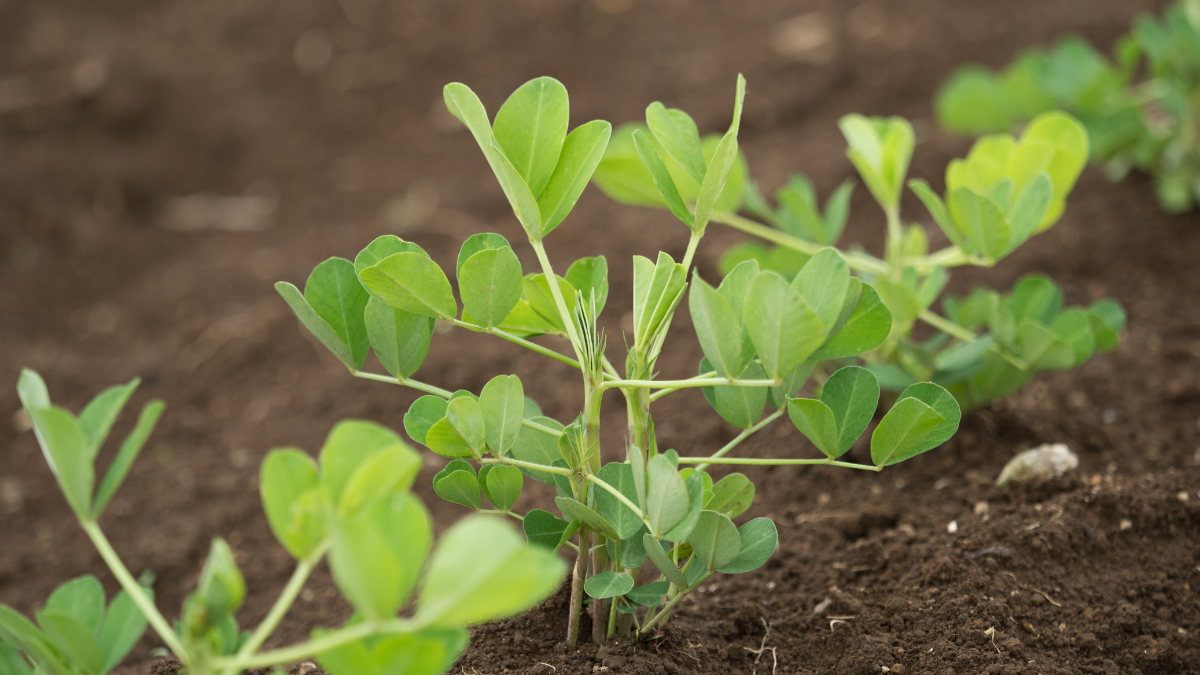2nd Crop Report as of 15 December
Overview of the 2nd Crop Report
At the time this 2nd Crop Report is released, only 2% of the total hectares remain to be planted, chiefly in the northern area. Given that only a small area remains pending, we consider that planting has been virtually completed within the near-optimal time frame, from October 25th to December 15th.
In the last few weeks, rainfall was recorded in several areas. Significant accumulated rainfall between 60 and 80 mm was recorded in northeastern Buenos Aires and between 20 and 30 mm in southeastern Córdoba and southern Santa Fé.
The rain contributed to the replenishment of groundwater reserves; however, temporary drought conditions persist in the northern and central areas of Córdoba, underscoring the need to closely monitor climate evolution and its impact on agriculture. In this regard, the first half of December featured more rainfall with geographic and volume variability.
Overall, a significant improvement in available water in soil profiles was observed, although it should be noted that this situation is far from ideal since the last three seasons have been marked by a water deficit in which water withdrawal exceeded replenishment levels.
Records of high temperatures in the central region ranged between 37/39 °C, with peaks at 38.5 °C in María Teresa, Santa Fé. Two areas featured low temperatures: Buenos Aires (10-12 °C) and Córdoba (9-11°C) and the lowest temperature was recorded in Hernando, Córdoba at 8.4 °C.
Agricultural and meteorological scenario
The image features the classification of soil moisture related to the deviation from the historical average. A significant portion of the region under consideration shows soil water values below 50% compared to the historical maximum. During November, water reserves increased in southern Córdoba and northern La Pampa, and this contributed to the reduction of the area with water levels below 25%.
(Left) Soil water related to the maximum accumulated level as of 30 November 2023 – (Right) Water balance variability compared to the previous 10 days.

Our reference map of peanut-growing areas
The main peanut-growing areas in Argentina include the provinces of Córdoba, La Pampa, and Buenos Aires.

Precipitation and temperature analysis
November suffered the consequences of the El Niño phenomenon, presently persisting in the country. Rainfall exceeded the historical average in 11 out of the 20 departments that were subject to analysis by the Grain Exchange of Córdoba, mainly developing in the eastern and central-northern departments.
Rainfalls in November 2023 were greater compared with November 2022 in almost the whole province.

Despite the rainfall, the drought conditions persisting in the province of Córdoba could not be reversed, except in the department of San Justo and western Río Cuarto.

Extended Forecast Trends
The following image models the likelihood of occurrence of each event according to ENSO. December (2023) features high rainfall probability, followed by the months of January, February, and March, which, according to the model follow the same rainfall trend. The occurrence of an El Niño is high but with marked evidence of a neutral Niño for the months of April and May 2024, a year with a greater neutral trend. This would indicate that rainfall would be normal for the season and with below-average precipitation, benefiting peanut digging and harvesting.

Conclusions
Presently, the 2024 crop features a good evolution status, especially after the rains at the end of November and the first half of December. These rains have alleviated the water deficit, creating more favorable conditions for crop growth, which is currently in advanced vegetative stages (Vn-R1), with evidence of incipient flower budding in the lots planted at early dates.
Although the recent rains were beneficial and allowed the completion of planting tasks, it is worth highlighting the need to continue planting in the forthcoming days, to ensure optimal crop development in the new cycle. The trend of the weather models shows the predominance of El Niño, that is, above-average rainfall, so we expect to move forward with the peanut crop in better development conditions.
It is still too early to make forecasts, but we are satisfied with the current situation of the new crop, for the successful emergence of the plants, which show a good stand per linear meter, and for having ended a drought cycle that was very complicated to overcome. There is a long way ahead, but the start has been good.








